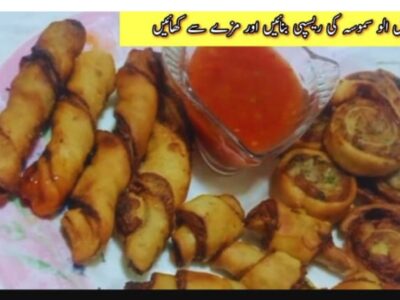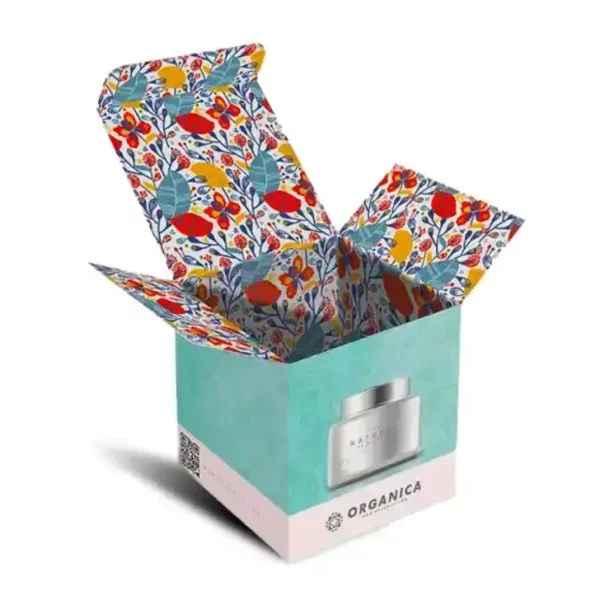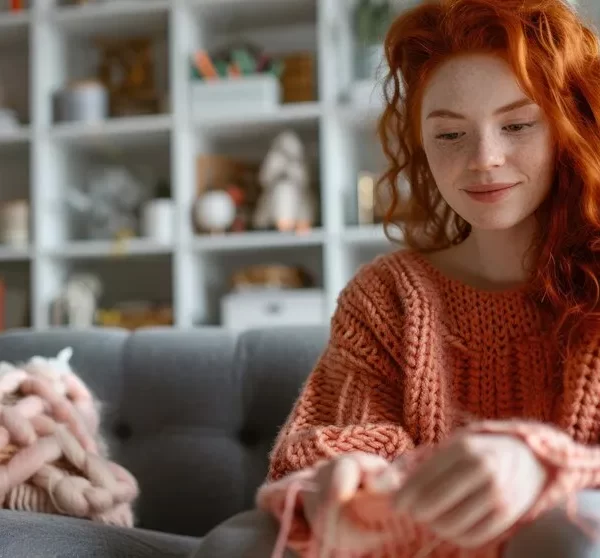
Throughout many years, the rich, deep colors and cultural importance of indigo cloth have enthralled designers, artists, and fashion enthusiasts. As one of the world’s oldest natural dyes, indigo is steeped in history, yet remains a timeless classic in modern textiles and design. Whether used in traditional attire or contemporary fashion, the enduring allure of indigo fabric speaks to its unmatched beauty and versatility.
1. A Rich Historical Legacy
The story of indigo fabric begins thousands of years ago, tracing its origins to ancient civilizations in India, Egypt, and Asia. Indigo was highly prized for its vibrant blue color, a hue that was difficult to achieve with other natural dyes. In India, the indigo dyeing process dates back as early as 2000 B.C., with indigo plants cultivated specifically for textile production.
Over time, indigo became a symbol of wealth and status, with its blue color adorning royalty and the elite. It was even referred to as “blue gold” due to its high demand in global trade, particularly during the 18th and 19th centuries when indigo plantations thrived in colonial India and Africa.
Today, indigo remains a celebrated fabric, revered for both its historical significance and its continued presence in modern design.
2. The Unique Dyeing Process
The magic of indigo fabric lies in its intricate dyeing process. Unlike other dyes, which directly stain fabric, indigo requires a unique chemical process. Indigo is insoluble in water, so it must first be converted into a soluble form called “white indigo” through fermentation. The fabric is then dipped into the dye vat, and as it is exposed to air, the white indigo oxidizes and transforms into the deep blue we associate with indigo.
This process is often repeated multiple times to achieve a darker, more intense color. Each layer of dye builds upon the previous one, resulting in an alluring depth and richness that is characteristic of true indigo fabric. The technique varies from region to region, and artisans often use specialized methods to create unique patterns and textures, further enhancing the individuality of each indigo-dyed piece.
3. Timeless Appeal in Fashion and Home Décor
The versatility of indigo fabric makes it a favorite in both fashion and home décor. Its deep blue hue pairs effortlessly with a range of colors, from earthy neutrals to bold, vibrant tones, making it adaptable to different styles and aesthetics.
- In Fashion: A mainstay of international fashion, especially in the denim industry, are indigo textiles. The iconic indigo-dyed denim jeans, first popularized in the 19th century, remain a timeless fashion essential today. Beyond denim, indigo fabrics are used in everything from scarves and shawls to dresses and jackets, offering a classic yet contemporary look.The natural variations in indigo dyeing, such as slight inconsistencies in shade and texture, give garments a unique, handmade feel that appeals to those who appreciate artisanal craftsmanship. As sustainable fashion becomes more prominent, the eco-friendly nature of natural indigo dyeing has also led to a resurgence in indigo-dyed clothing, valued for its sustainability and long-lasting quality.
- In Home Décor: Indigo fabric is also a popular choice for home décor items such as throw pillows, curtains, bedspreads, and rugs. Its rich, calming color adds sophistication and warmth to any living space. Whether used as an accent or a focal point, indigo fabrics bring a touch of elegance and cultural heritage to modern interiors.
4. Artisanal Craftsmanship and Global Techniques
Indigo dyeing is not only a global tradition but also an art form. In regions such as India, Japan, and West Africa, artisans have honed the craft over generations, passing down dyeing techniques that give indigo fabrics their distinctive patterns and textures.
- Indian Indigo: India is particularly renowned for its hand-block printing techniques, where artisans use wooden blocks to stamp intricate patterns onto fabric before dyeing it in indigo. This creates beautifully detailed and culturally significant fabrics, such as those used in saris, bedspreads, and scarves. The Ajrakh and Dabu printing traditions, for example, are still practiced today, preserving the ancient art of indigo dyeing.
- Japanese Shibori: In Japan, the indigo dyeing technique known as “Shibori” involves folding, twisting, or binding fabric before dyeing it, resulting in striking, geometric patterns. Shibori has become increasingly popular in modern fashion and design, admired for its unique, handcrafted look.
- African Adire: In West Africa, particularly in Nigeria, indigo dyeing is central to the production of “Adire” fabric, where resist-dyeing techniques are used to create intricate designs. These textiles are celebrated for their bold, abstract patterns and are often worn during cultural ceremonies and celebrations.
5. Sustainability and Revival
As the world shifts toward more sustainable fashion and textile practices, indigo fabric has experienced a revival. Traditional, natural indigo dyeing methods are eco-friendly, using plant-based dyes and avoiding harmful chemicals. This has made indigo fabrics a popular choice for consumers who prioritize sustainability in their clothing and home décor.
Read More: Emperior Teck
Many contemporary designers and brands are now turning to artisanal indigo dyeing techniques, celebrating the craftsmanship and eco-conscious values that come with it. In regions like Rajasthan, India, efforts are being made to support local artisans and preserve the ancient art of indigo dyeing, ensuring that future generations can continue to produce this timeless fabric.
Conclusion
Indigo fabric remains a symbol of timeless beauty, cultural heritage, and artisanal craftsmanship. From its rich historical roots to its modern applications in fashion and home décor, indigo’s enduring allure is a testament to its versatility and charm. Whether you’re drawn to its deep blue hues for their calming effect or appreciate the intricate techniques used to create it, For many decades to come, designers and customers will be inspired by the timeless indigo fabric.










